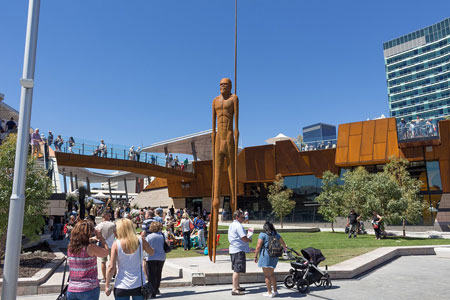Perth Translation Services » Ukrainian translator » Ukrainian Technical Translation
Ukrainian Technical Translation
Perth translation uses full-time, professional Ukrainian translators for Ukrainian technical translations.
Ukrainian technical translations are required across many industries, including food processing, fuel refinery, energy and mining, solar, waste treatment, manufacturing, civil construction and mechanical engineering.
Ukrainian Technical Translators
Upload your documents for translation
Latest Testimonials


About the Ukrainian Language
The Ukrainian language is an Eastern Slavic language, and part of the Indo-European language family.
Ukrainian is the second most spoken Slavic language and there are 37 million speakers in Ukraine. Most of them are native speakers. The Ukrainian language is written with Cyrillic letters.
The first theory of the origin of Ukrainian language was suggested in Imperial Russia in the middle of the 18th century by Mikhail Lomonosov. This theory posits the existence of a common language spoken by all East Slavic people in the time of the Rus'. According to Lomonosov, the differences that subsequently developed between Great Russian and Ukrainian (which he referred to as Little Russian) could be explained by the influence of the Polish and Slovak languages on Ukrainian and the influence of Uralic languages on Russian from the 13th to the 17th centuries.
Another point of view developed during the 19th and 20th centuries by linguists of Imperial Russia and the Soviet Union. Like Lomonosov, they assumed the existence of a common language spoken by East Slavs in the past. But unlike Lomonosov's hypothesis, this theory does not view "Polonization" or any other external influence as the main driving force that led to the formation of three different languages (Russian, Ukrainian and Belarusian) from the common Old East Slavic language. This general point of view is the most accepted amongst academics worldwide, particularly outside Ukraine. The supporters of this theory disagree, however, about the time when the different languages were formed.
Soviet scholars set the divergence between Ukrainian and Russian only at later time periods (14th through 16th centuries). According to this view, Old East Slavic diverged into Belarusian and Ukrainian to the west (collectively, the Ruthenian language of the 15th to 18th centuries), and Old Russian to the north-east, after the political boundaries of the Kievan Rus' were redrawn in the 14th century. During the time of the incorporation of Ruthenia (Ukraine and Belarus) into the Polish–Lithuanian Commonwealth, Ukrainian and Belarusian diverged into identifiably separate languages.

